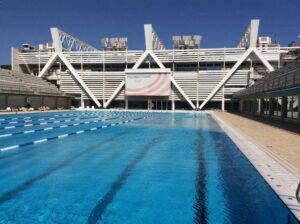12/26/2022 | Environmental | 8 MINUTE READ
The Importance of Ice Cover on the Great Lakes

Climate change doesn’t only result in temperatures becoming hotter over time. It also leads to more extreme weather effects becoming more common, which is why some areas can experience colder winters with each passing year. In the Great Lakes, the ice cover is changing from year to year, which has resulted in the development of many problems throughout the states around the Great Lakes.
During the 2021-2022 winter season, the maximum ice cover for the Great Lakes was 56%. Seven years prior, the ice cover had reached a high of 90.5%, which marked the first time since 1996 that the Great Lakes had come close to total ice coverage. The record ice coverage is 94.7%, which occurred in 1979. As the global temperature continues to rise, the amount of ice coverage that takes place each year may dwindle even further.
The changes in ice cover that occur on an annual basis can affect the people, wildlife, and industries in the areas surrounding the Great Lakes, which is why it’s important to understand how ice cover affects the Great Lakes.

Climate Change Effects on Great Lakes Ice Cover
Climate change is impacting the world in myriad ways and is directly affecting the Great Lakes. Ice Cover has always varied substantially. However, climate change is altering the composition of these lakes as well as the extent of the ice cover more rapidly than usual.
Changes in Lake Ice Cover and Water Temperature
The most notable changes have occurred with ice cover and water temperature. Between 1979 and 2021, worldwide ice cover in seas shrank by 13% per decade. A 2007 report on the effects of climate change found that the global reduction in river and lake ice cover was just over 12 days on average over the course of the last century.
These changes are even more substantial in the Adirondacks. From 1903-2019, Mirror Lake has undergone a 24-day ice cover reduction. The trends are similar across all Adirondack lakes. The alterations in ice cover with Lake Champlain are the most significant. During the 19th century, the lake fully froze over all but three times. Between 1970-2007, this lake failed to gain total ice cover 18 times.
Light Available Within the Water Column
Among the most notable effects that a drop in ice cover has with a lake is changing the amount of light that’s able to reach the water column. Snow and ice significantly lower the available light. When light availability drops, aquatic and algal plant growth will decline as well, which is why plant growth is at its lowest during the winter.
In some of the arctic lakes that have been perennially ice-covered, losing ice cover throughout the summer has considerably altered the lake ecology. These lakes have changed from ones that have very little productivity to ones that have much more diverse communities of plankton. Similar shifts have started to occur in many temperate lakes that are usually ice-covered during the winter.
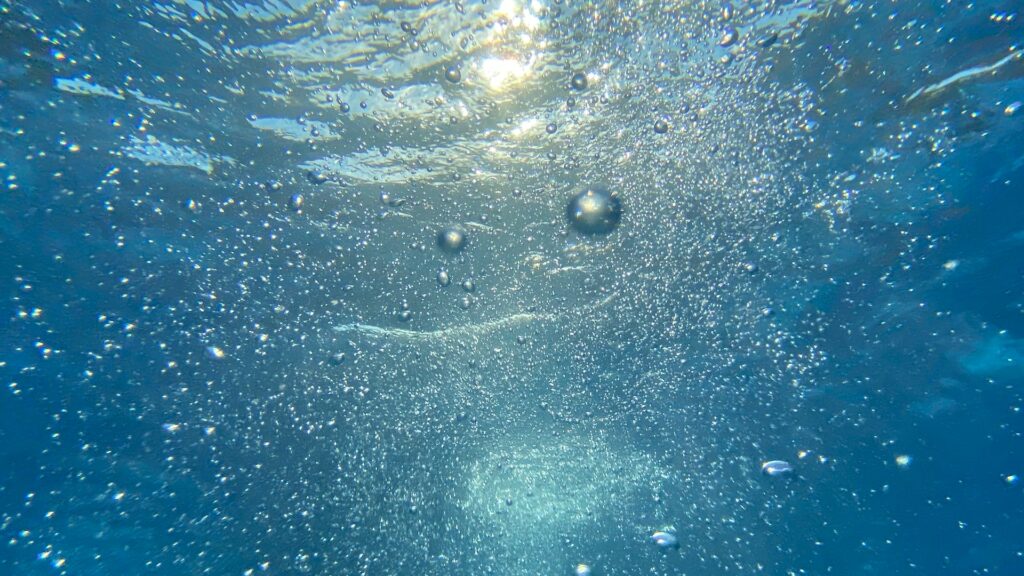
Thermal Stratification
Changes in ice cover have also influenced the strength, timing, and pattern of thermal stratification. Once lake ice dissipates, the lakes go through an extended period of turnover and mixing. If the water rises in temperature by several degrees, the stratification process will begin, which means that warm water moves to the top, while cold water drops to the bottom.
When ice cover is reduced, the amount of time that lakes are stratified can be extended. During a prolonged period of stratification, the amount of dissolved oxygen that’s present in the deeper waters will likely decline. Dissolved oxygen levels drop as a result of the water that’s present at the bottom of the lake becoming effectively trapped because of the differences in density with the remaining water.
If the lake continues to be stratified, some of the water will remain trapped along the bottom, which means that more oxygen will be lost. The colder waters present in certain lakes provide thermal refuge for certain cold-water fish, which include lake trout. This issue has become a serious threat for Adirondack fish.
Extended Periods of Spring and Fall Turnover
In the event that the lower amount of ice cover results in extended periods of fall and spring turnover, this can lead to warmer waters at the bottom of the lake as well as changes to nutrient cycling. Extended spring mixing might lead to a higher amount of heat being sent to the deep waters of a lake, which will increase the lake’s temperature.
Warm temperatures can cause the rate of decomposition to increase, which also lead to drops in dissolved oxygen levels. In the event of prolonged mixing, an increase in nutrient availability along the surface waters could result in higher primary production.
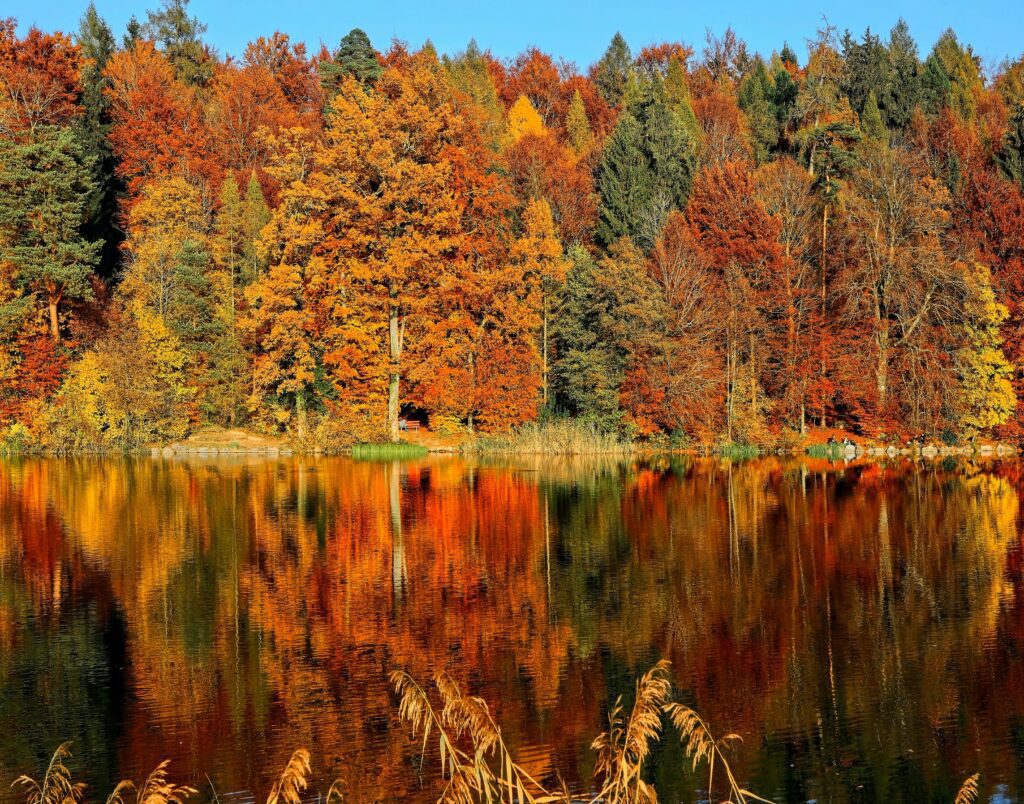
Phenological Mismatches Between Phytoplankton and Zooplankton
Another issue brought about by climate change is that shifts in the amount of ice on the surface of the water can lead to phenological mismatches between zooplankton and phytoplankton. Keep in mind that phenology involves the study of seasonal or cyclical natural phenomenon. If ice begins to melt earlier than usual, organisms that typically respond to these temperature changes could emerge earlier as well.
In comparison, any organisms that typically react to the length of daylight should emerge at the expected time. It’s common for phytoplankton to emerge as a result of light and temperature changes. On the other hand, zooplankton emerge depending on the length of daylight, which is also known as photoperiod.
When ice melts earlier because of climate change, the phytoplankton could appear well before zooplankton, which leads to more phytoplankton growth since zooplankton aren’t grazing. Before the rapid increase in the effects of climate change over the past few decades, these types of organisms would emerge around the same time because environmental conditions were ideal for their reproduction and growth. The quick environmental alterations are making it challenging for these organisms to emerge on schedule.
The Importance of Great Lakes Ice Cover
There are many industries in the states surrounding the Great Lakes that are affected by what the annual ice cover is.
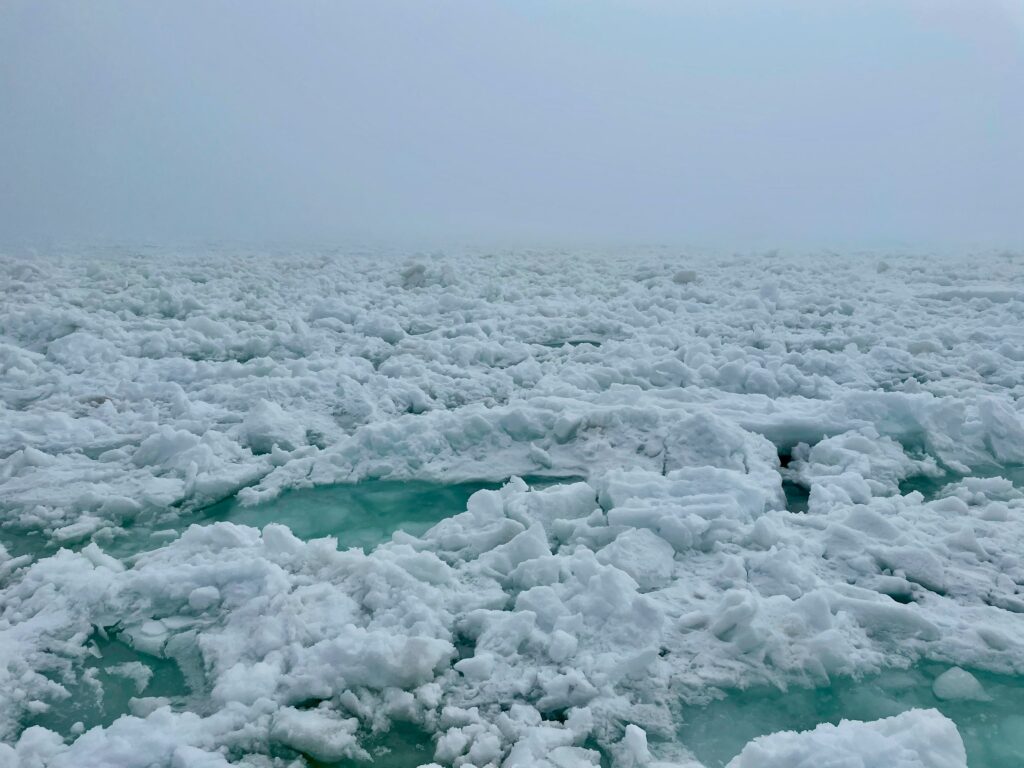
Drinking Water
The Great Lakes currently provide around 27 million people with drinking water. If the lakes consist of high ice coverage, less evaporation will occur, which ensures that water levels are maintained and that everyone is able to have access to the water they require. If there is high ice coverage but no snow, algae growth could increase, which might worsen the quality of drinking water. Many water treatment plants throughout Lake Erie have encountered this issue.

Industrial Issues
A drop in high water levels and water evaporation can be beneficial for shipping associated with cargo and iron ore freighters. If water levels are good, freighters can carry cargo at max capacity but will need to reduce their loads when water levels are lower.
Heavy amounts of ice during the early spring months could push the beginning of the shipping season further out. If the shipping season starts on time despite this issue, boats are more likely to become stuck. Navigational problems could also persist. The presence of ice jams might impact the water flow from one of the Great Lakes to another, which causes flooding in upstream waters and lower amounts of water for hydropower plants in downstream locations.
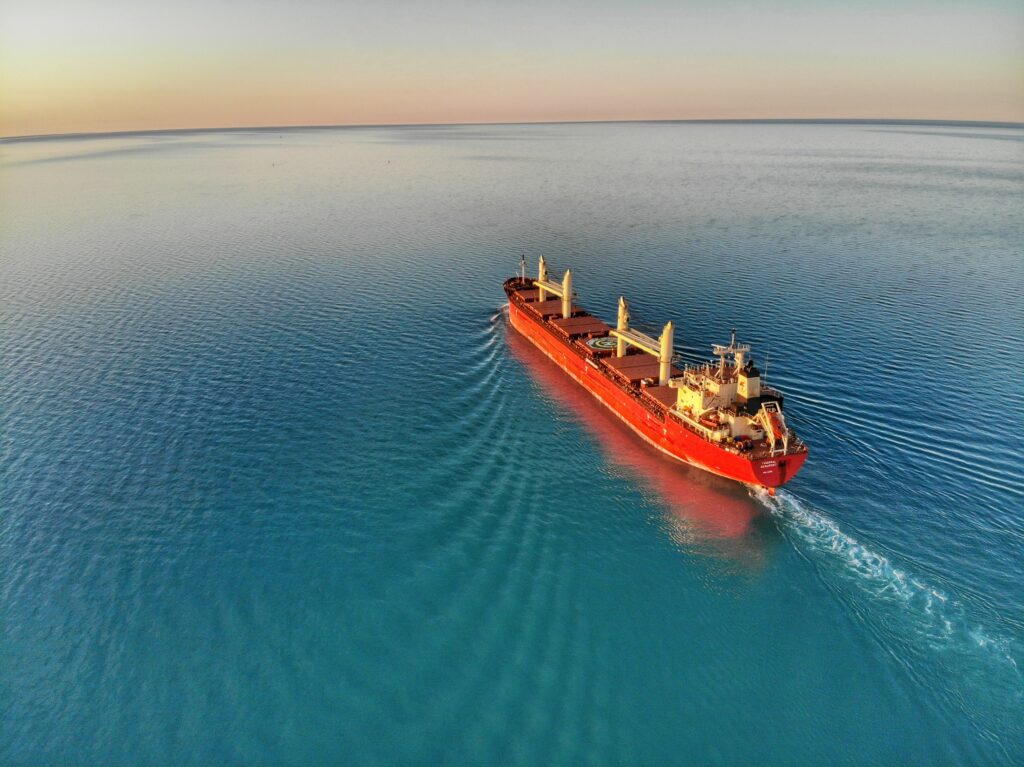
Recreation
When the Great Lakes have a sizable amount of ice coverage during the winter season, ice fishermen have more consistency and stability. The ice will also help protect various fish eggs from destruction caused by waves and high winds, which further contributes to the fishing industry once the ice begins to thaw.
When the spring and summer months approach, it’s difficult to time when the ice will melt. Every lake has its own depth and size, which means that they each thaw at different rates. The shallowest of these lakes is Lake Erie, which will quickly freeze over and rapidly thaw during the spring and summer. Since Lake Superior is the coldest and largest lake, everything takes longer.
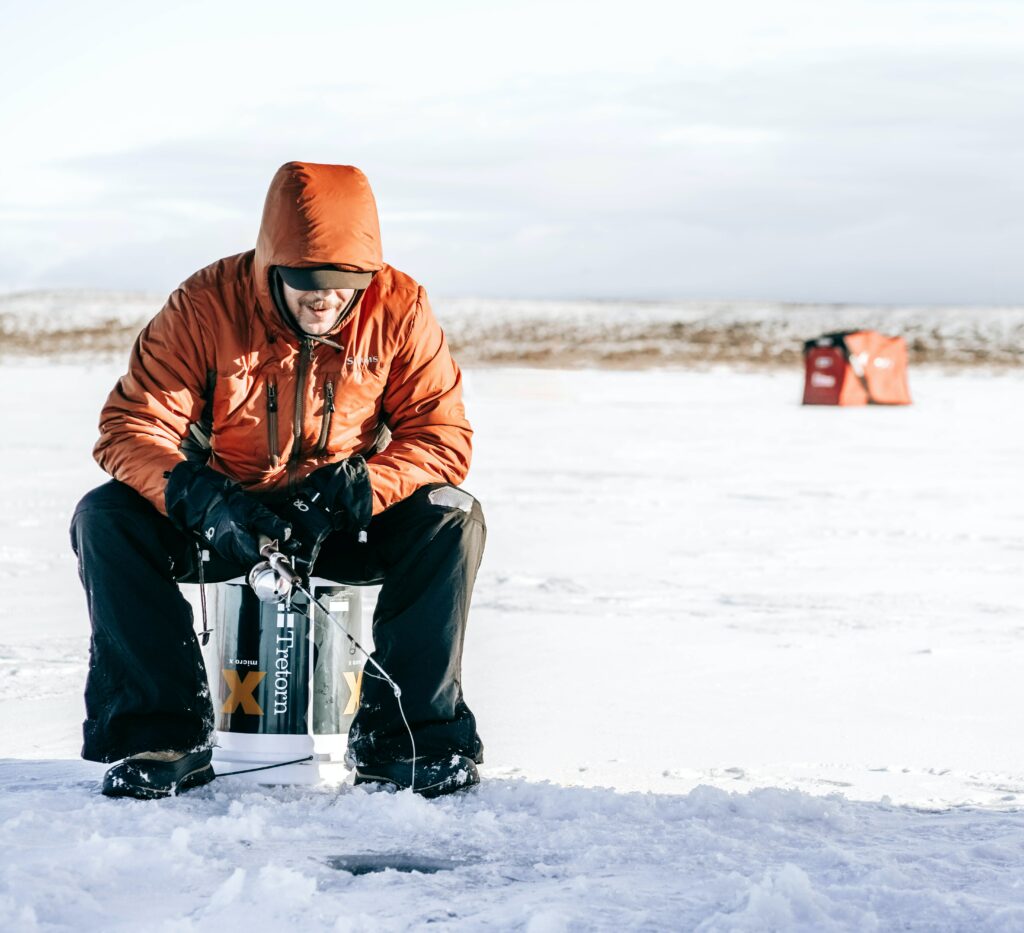
Marine Life
Along with fish eggs being able to thrive in waters covered by ice, the presence of algae bloom can also benefit marine life. While this pest creates problems with the quality of drinking water, it’s an essential component of the nearby food chain. Many fish species in these water use the algae blooms as sources of food.
Ice coverage with the Great Lakes is at its highest point in the latter half of February as well as the first week or two of March. During this time of the year, you’ll be able to identify if the Great Lakes will freeze over completely for the first time ever.
The amount of ice cover in the Great Lakes affects everything from marine life to recreational ice fishing. While ice cover can vary substantially from year to year, the rapid rise in the threat of climate change could result in even starker shifts in the years to come.
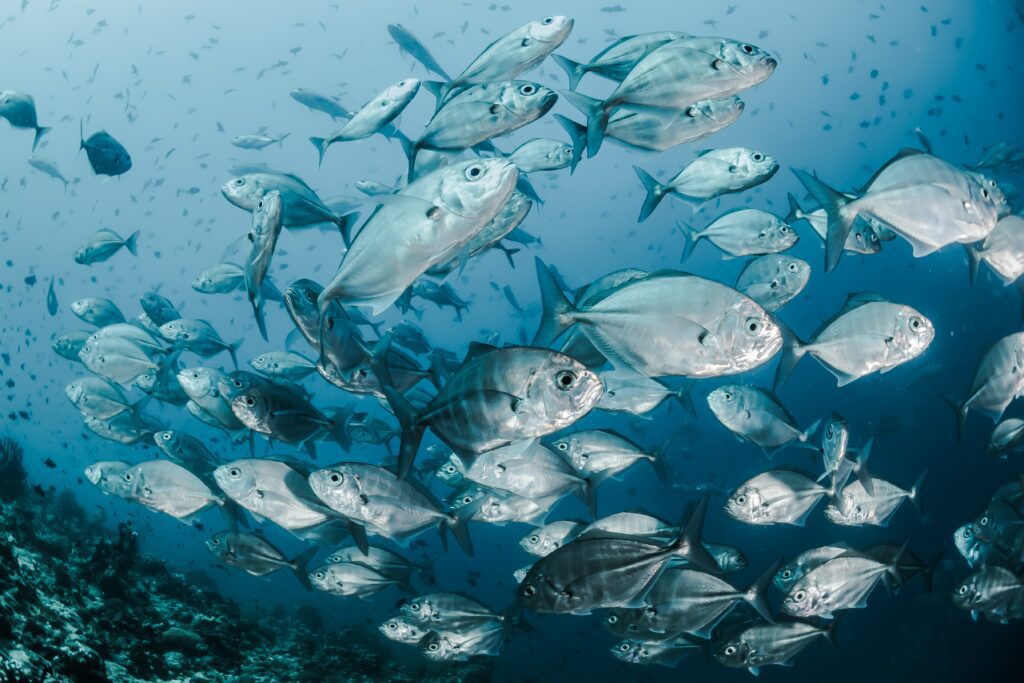
Posted by Dominic O'Donnell on December 26, 2022
Sensorex is a global leader in the design and manufacture of quality sensors for water quality and process applications. The company offers more than 2000 sensor packages for pH, ORP, conductivity, dissolved oxygen, free chlorine, chlorine dioxide, UV transmittance and other specialty measurements, as well as a full line of sensor accessories and transmitters. Its expert technical support engineers solve analytical sensor challenges with custom designs and off the shelf products.




